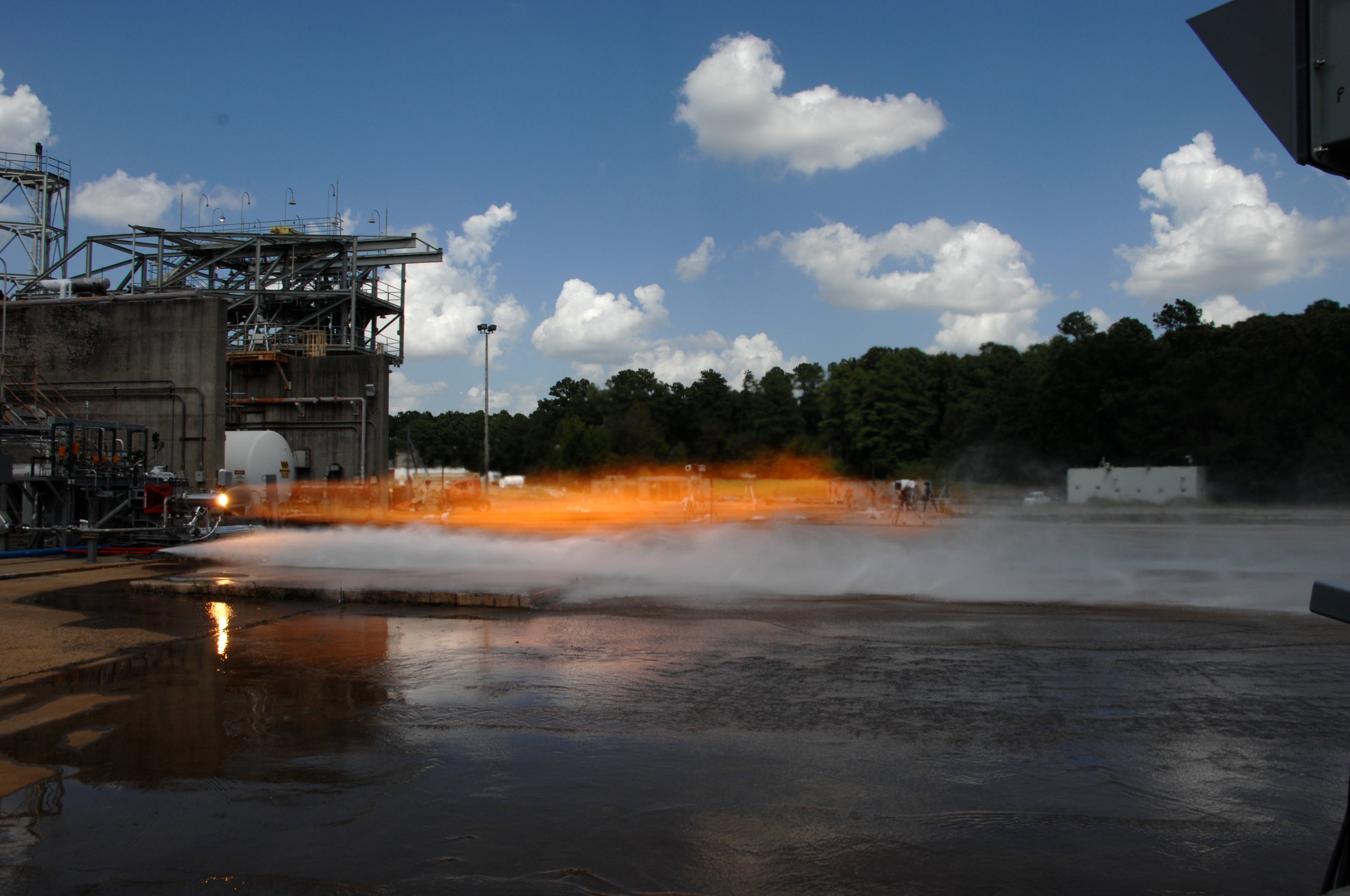
We’ve written previously of NASA’s experiments with 3D printed rocket components. It seems they’ve taken another key step forward with 3D printing.
The latest release indicates they’ve hot-fired a new rocket engine using 3D printed components. Specifically, they’ve been 3D printing injectors that supply fuel and oxidizer to the combustion chamber. The new step involves 3D printing (in metal) a “complex” injector containing 40 elements, rather than the previously tested two element print.
Why do this? It’s simple: building a similar injector using traditional methods would have required making and assembling 163 individual parts. This includes such elements as fasteners, lugs, bolts and similar to hold the assembly together. With the new approach, a complex injector was 3D printed in solid metal using only TWO prints. This not only simplifies assembly tremendously, but also reduces the possibility of errors and reduces weight, since you lose most of the fasteners.
Did it work? Apparently so. NASA fired the engine at 1,400 psi and 6,000F without incident. Check out this video:
It’s a small step, but important. NASA has made a habit of this kind of progress. If you were to examine their moon landing project, for example, each separate mission gradually added capability by using new features or going farther. They’re doing the same here.
One wonders how this technology will change the space business. On the other hand, check out SpaceX.
Via NASA

